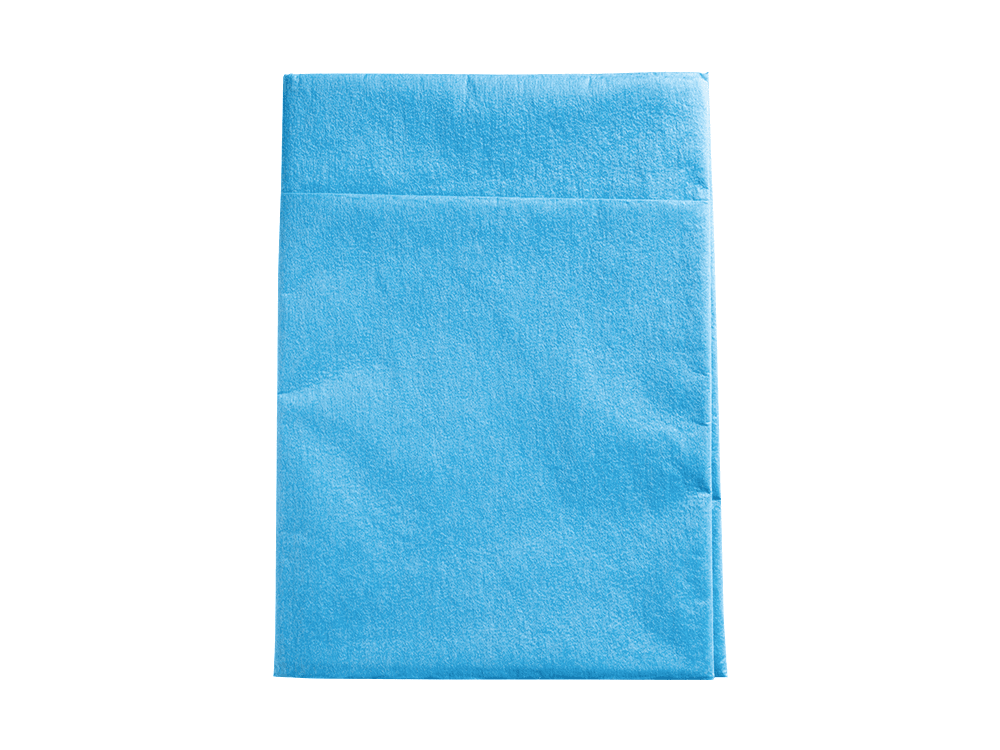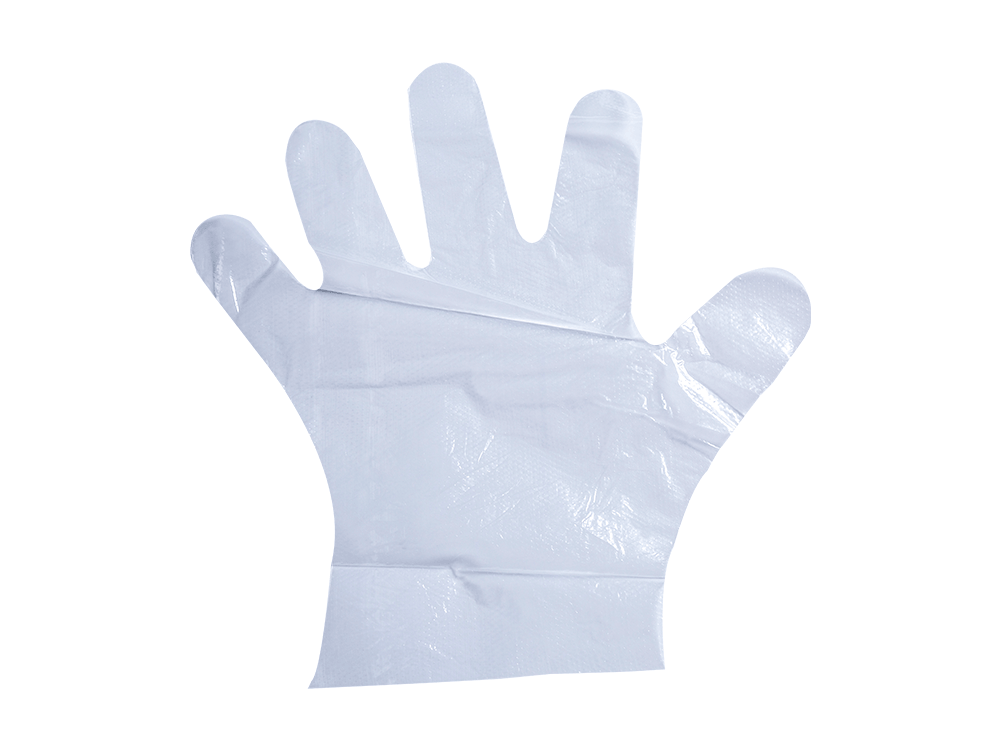Casting film roll is a process used to convert extruded polymer into rolls for downstream processing. It is a common technology for converting flexible webs and other thin materials into films.
3D printed microfluidic channel pattern masters were tested for functionality and mass-manufacturability using an industrial-scale E-beam rolling casting process. Results showed that the patterned devices were durable for up to 68 passes through the system.
Quality
An important quality of the final film is its uniform thickness. This is especially critical in coextrusion lines where the molten material passes through a flat die system that adopts the final flat film shape. It is also necessary that the resulting film be sufficiently quenched to preserve its mechanical properties and clarity.
To achieve these goals, a number of processes must be integrated into the production line. These include the extruder, a filtration system, and a cooling and winding section. The filtration system helps prevent the downstream passage of melt impurities and gels generated during the coextrusion process.
The permeability of the film can also be improved by adding surfactants or increasing the concentration of polymer dispersions in the coating solvent. In addition, the thickness of the films can be reduced by using a thinner film base. These improvements can help reduce the cost of the films and increase their performance. However, it is essential to consider the specific needs of each product and process when choosing blown or cast film.
Durability
The quality of a cast line is determined by the components used and how they interact with one another. All of these systems have to be first-class in order to produce high-quality films. The main components include the flat die system, coextrusion feedblocks, and a filtration system.
These systems melt plastic materials and mix them into a consistent mixture. The material then travels through a flat die and is formed into a thin film. The film is then cooled by chill rollers to minimize pre-stretching. The resulting film is then trimmed and corona treated before it is wound into rolls.
Results from roughness tests showed that higher humidity in the casting environment can lead to a slower rate of solvent evaporation. This can reduce the formation of defects and improve film morphology. In addition, the casting process allows for a greater number of pattern runs before significant degradation. These findings suggest that the design of cast microfluidic devices can be improved by considering the impact of environmental variables on pattern durability.
Reliability
All the individual components of a cast line must be able to work together to provide first-class quality. This is because even small differences in the line can result in significant production problems. This is particularly true of the casting process, which requires a highly flexible system to be able to produce a wide variety of films.
Efficiency
The film casting process is one of the oldest, and it dates back to the nineteenth century. It uses a solution of a polymer in solvent to coat a metal belt, which then goes through drying zones. It is possible to produce a variety of different shapes and sizes using this technique. However, it is not suited to continuous production as it requires the use of heavy carrier belts that require special tracking mechanisms.
Moreover, the process is not compatible with high-resolution patterning techniques that can be used for microfluidic applications. Consequently, the current technology cannot bridge the gap between microfluidics research and commercialization.
The resulting cast patterns were evaluated for their functionality by measuring the mixing index of fluids flowing through them. The results showed that the channels remained for multiple passes, although they did not reach complete mixing. However, the results were encouraging because they demonstrated that the film casting process can be used for rapid prototyping of microfluidic mixers.


 english
english 中文简体
中文简体

















